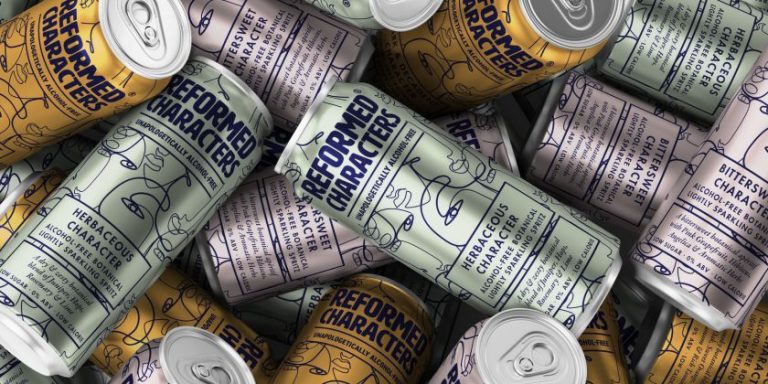Creative Boom flew out to Barcelona to test drive Nissan’s all-electric coupe crossover and chat with the design team about what goes into creating the next generation of cars.
If you don’t know much about Japanese design, it’s easy to look at the clean lines and minimalist style without noticing the complexities, whether a building, a car, or a piece of furniture. That’s because these carefully thought-out, centuries-old design principles are part of its DNA and exist at an almost microscopic level, so all that the user can see is a fundamentally beautiful and intuitive thing.
It takes a real expert – a scientist of sorts – to be able to dissect and understand Japanese design in order to experiment with and apply it in the right way. Luckily, Nissan Design Europe has a whole team of experts who have worked together to learn the formulas of these principles, applying their findings to create the next generation of cars, including the Nissan Ariya.
Ariya is the car manufacturer’s first all-electric coupe crossover and has taken a whole new direction to Nissan’s previous models. From the outside, its sleek aerodynamics make it appear almost ethereal under certain lights, while the free-flowing interior space feels more like a lounge than a car, thanks to what Nissan Design Europe vice president Matthew Weaver jokingly calls “the ‘magic carpet’ of the EV platform”.
He explains how the name Ariya appears in many historical texts and languages, including Pali and Sanskrit, and means “noble, dependable, and something to be respected,” reflecting the car’s character. Weaver says, “Personally, though, when I hear the name, I think it feels airy and light and captures the experience of driving it.”
Making an impression
Each of Nissan Design Europe’s team members recalls a different part of the process of designing Ariya. It must be said that the project was not just handed to them; instead, the London team had to compete against all Nissan studios around the world with a proposal (which is customary within the company).
Design manager Chetan Chohan describes the Europe team as “incredibly diverse”, which is why it devised “so many striking proposals which had a big impact on the initial design for Ariya”. Nissan Global Design Centre also collaborated on the design.
On futurism – an idea that drove the design of Ariya – colour manager Lesley Busby says that Nissan always tries to think at least three years ahead regarding new technologies, start-ups, and new business cases to understand what will make future consumers tick. She would ask herself and the team: “How do we want the customer to feel when they open the door of this premium electric car for the first time?”
The absence of a traditional engine freed up space in the interior, so one of the first ideas was to reimagine the inside of the car as a living space to make a lasting first impression on consumers.
Nissan’s technology and Japanese DNA were two other key drivers during the project. Though designing a car is a kind of futuristic science, Nissan’s designers are equally proud to be able to honour and emulate the skills of traditional Japanese artisans, known for their attention to detail and pursuit of perfection.
Visiting Japan
Cultural immersion was integral to the design process, so the Europe team – along with senior vice president of global design Alfonso Albaisa and senior design director Giovanny Arroba – travelled to Japan for inspiration.
After the visit, the design team brainstormed using visual aids and keywords as a starting point, eventually moving from sketches to more refined computer visuals.
Chohan, who previously lived in Japan, believes that Ariya has an equal balance of European and Asian perspectives”. Automotive designer Alessandro Messale reveals that the process, from sketch to model, took roughly three to four months before collaborations with the engineering team began using digital versions, clay models, and eventually, the first physical model.
“Without feedback from engineering, the design is unrealistic,” says Messale. “Ultimately, it’s all about ergonomics.”
Following this was a process of constant re-iteration, data processing, and application of information and functionality to the design. All of this complexity was then made invisible, leaving behind a pure and simple design.
Four dimensions of design
When we were in Barcelona, where we had a chance to test-drive Ariya among the beautiful city architecture and across the scenic countryside, Nissan explained the four Japanese principles that they had brought to life in the car.
The first principle is not only a design concept but a cultural concept called ma, roughly translating to “mastery of empty space by respecting the construction”. Ariya’s reimagined interior embodies this concept perfectly, with its open flat floor, haptic touch controls and sleek instrument panel. The car also has thin-profile Zero Gravity seats that amplify the sense of spaciousness.
Iki is a dimension synonymous with cutting-edge or concise newness, evident in Ariya’s shape, including its smooth shield panel designed to protect the car’s sensors. The Iki approach also extends to the cabin, featuring two 12.3-inch display screens seamlessly integrated into the dashboard.
The third dimension – Andon – refers to paper lanterns that create a sense of warmth in a space. While Ariya has its fair share of futuristic tech, the Andon principle brings soft lighting inspired by these lanterns to the space, evoking tranquillity, calm, and comfort and adding to the notion of the interior as a living space.
Finally, Kumiko is the Japanese pattern that runs as a motif through the design of Ariya, both interior and exterior. It appears on the detailing of the shield panel on the front of the car, as well as the lighting covers on the inside.
Weaver believes the period we’re about to enter will be “the most transformational in personal mobility”. He says: “We’re pushing the architecture of what a car can be even further thanks to exponential progress in technology and engineering.
“So, if you’re an automotive designer, you just know that your most exciting years are yet to come.”










